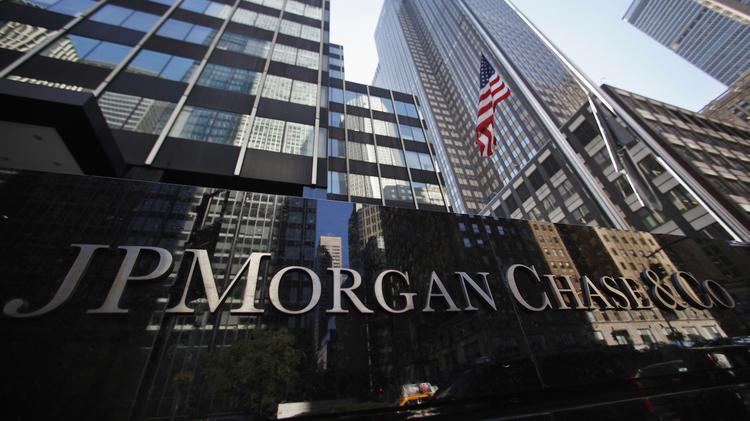
Companhia de Saneamento Basico do Estado de Sao Paulo – SABESP (NYSE: SBS) experienced a high price of $10.04 with a low value of $9.72 at the end of the last trading session, which followed after a loss of -2.17% and settled at $9.92 during the course of the last 24 hours for the day. Respectfully, the company now has 713.86M shares after the latest changes, so the present market capitalization sits at $7.08B. The trading volume of Companhia de Saneamento Basico do Estado de Sao Paulo – SABESP shares went over 2,872,122 in a single day during the last trading session in comparison to the average volume of SBS, usually circulating around 2.79M.
During the course of the last year, the stock has touched a high of $12.25 and a low of $5.58, which as a result has the increased attention of top market experts who are tracking the progress of the asset as it is getting closer to a notable historic high price or low value.
Looking at the latest analyst forecasts, the current earnings-per-share (EPS) consensus estimate is sitting at $1.29 per share. In the preceding year, the company reportedly generated EPS of $0.76 per share of its common stock. The profitability indicators are showing that this organization has an operating margin of 28.30%, a profit margin of 12.80%, and a gross margin of 40.20%.
If we were to do a comparison between the current price and its previous movement in the market, we can easily conclude that the price went to a negative change, going down by -0.48 in the past five trading days, which resulted in a percentage change of -4.62% and a moving average of 10.30. In the past 20 days, its price changed by -1.22, which means that the stock’s moving average was 10.48. Looking back at a cycle of the last 50 days, shares of SBS changed by $+2.11 (which is +27.02%) and demonstrated a moving average of 10.42. Meanwhile, this stock’s MACD Oscillator was -0.18 over the past 9 days, and -0.22 over the past two weeks, also marking -0.23 in the period of the last 20 days.
JPMorgan Chase & Co. (NYSE:JPM)’s shares demonstrated a change of -0.72% during the most recent trading session, ending the trading day at the price of $102.97 with a 24-hour trading volume that reached 12,672,267 – compared to its average trading volume of as 15.92M, as recorded over the past three months. With that closing price, the market capitalization of this company is now sitting at $345.04B. The moving average for last 20 days of JPMorgan Chase & Co. is at -1.02%, while the average went up by 0.83% during the last 50 days with -4.88% recorded during the last 200 days. Additionally, this stock’s distance from its 52-week high price is currently down by -13.64%, while it’s sitting 13.02% away from its 52-week low price.
When you are considering investing in stocks, it is wise to consider counting in Wall Street analysts’ target prices, which should help you place a more profitable investment. The price targets can provide you with an idea of the predicted movement of stocks you are interested in. At the moment, the price target set for JPMorgan Chase & Co. is $115.94. It’s also helpful to look at the average analyst recommendation score – which is provided on a scale of 1 to 5 where 1 is “strong buy”, 2 is “buy”, 3 is “hold”, 4 is “sell” and 5 is a “strong sell”. Right now, the average analyst recommendation for JPM stands at 2.30, which indicates that analysts recommend investors to Buy their shares of JPM until the stock approaches its target price.
Traders use the ATR to analyze potential exit and entry points, as it represents a useful tool in almost any trading strategy. ATR for this stock is sitting at 1.58. Beta tells us about a stock’s volatility, also known as its systematic risk, compared to the market overall. The current beta value for JPM is 1.11, while for the past seven days, this stock’s volatility was 1.54%, also recording 1.40% for the past 30-day period.
Professionals on Wall Street also frequently check the Relative Strength Index (RSI) of a potential investment, which tells us the speed and change of a stock’s price movement in the market. RSI is expressed on a scale of 0 to 100. If the indicators are set higher above 70, then the RSI factors are indicating that the stocks are overbought. The factors will indicate that a stock is oversold if the result is set below 30. Right now, JPMorgan Chase & Co. (JPM) has an RSI of 45.13 – indicating that the asset is being neither overbought nor oversold.


